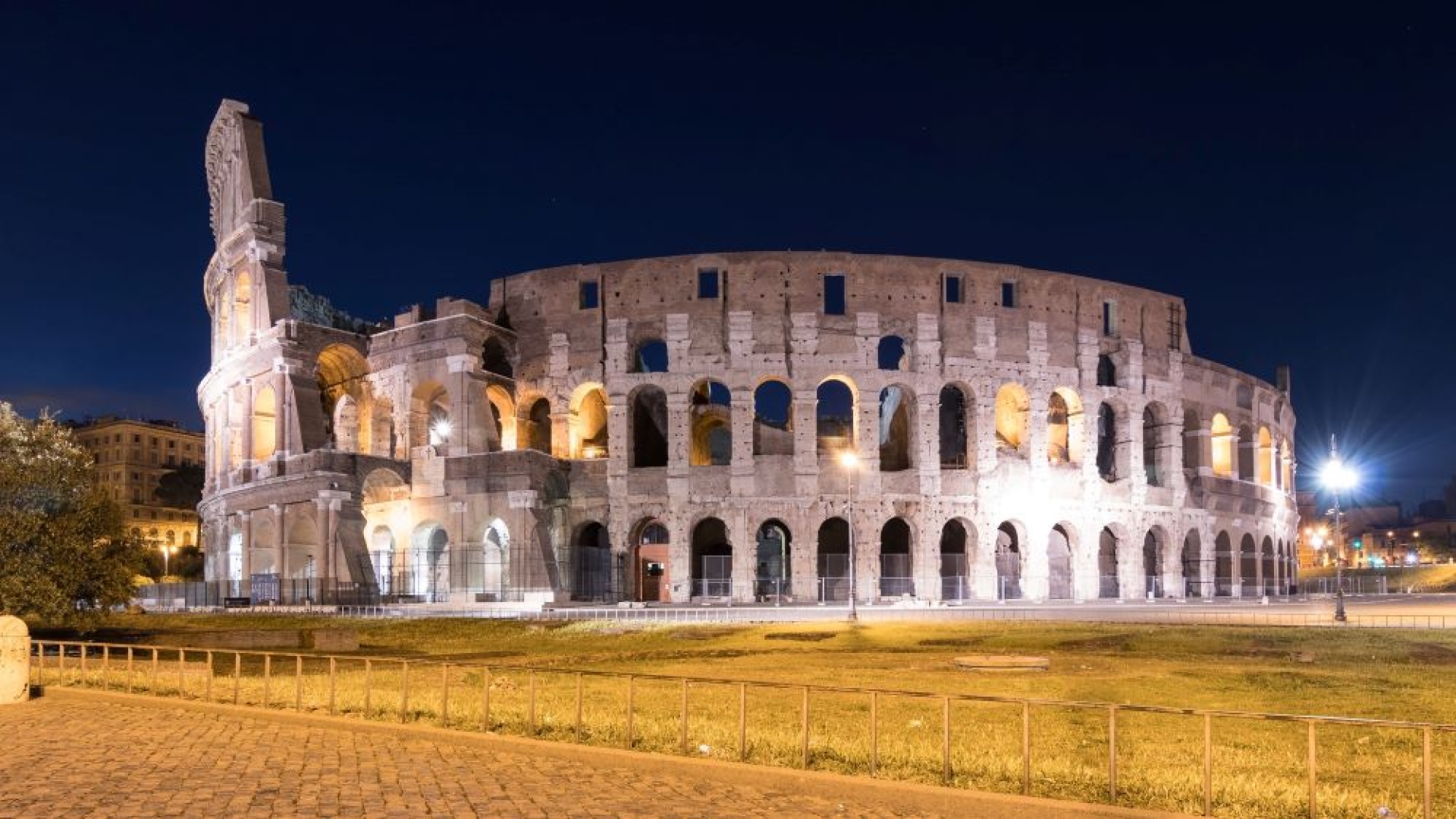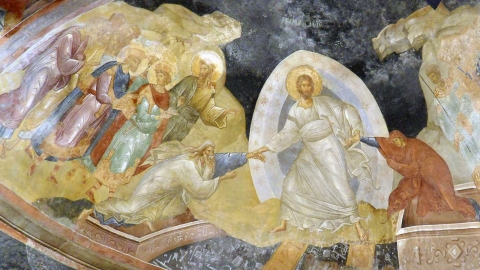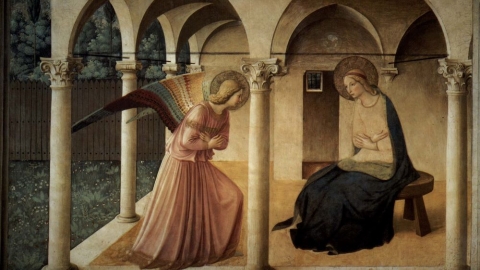The Pope Goes to the Colosseum on the Anniversary of the Assisi Meeting

At the initiative of the Sant'Egidio Community, the spearhead of progressive Catholic globalism, the splendor of the Assisi meeting will be revived in the heart of Rome. On October 7, at the Colosseum, Pope Francis celebrated the 35th anniversary of the interreligious meeting, as desired in 1986 by John Paul II, rather than the 450th anniversary of the Battle of Lepanto.
The ancient Caesars built the Colosseum to give the people a concrete manifestation of their universal power, as the site of the permanent triumph of pagan Rome, and its conquest of the world.
When this world collapsed, the Roman Pontiffs dedicated the edifice to the Passion of the Savior and to the holy martyrs, the true victors.
In the ceremony on October 7, Francis presided over the prayer in common with all other Christians - schismatics or heretics - going against divine law itself and the example of the martyrs. It was followed by a moment common to all other religions.
Need we remember that this type of meeting, where each religion is invited to pray according to its own rites and convictions, is an opportunity to promote indifferentism and a totally modernist vision of the faith? This is an explicit violation of the first commandment of the Decalogue and condemned as such by Pius XI in his encyclical Mortalium Animos.
It is precisely because of the lack of reaction from the world episcopate during the 1986 meeting in Assisi, chaired by John Paul II, that Archbishop Lefebvre understood that the crisis in the Church was of such gravity that it demanded the consecration of bishops who would continue to transmit the priesthood without requiring adherence to such conceptions.
But the 2021 meeting was updated to reflect the new themes addressed by the encyclicals Fratelli Tutti and Laudato Si’. Marco Impagliazzo, president of Sant’Egidio, explained to Avvenire, the daily newspaper of the Italian bishops:
“It is necessary to meet in person under the banner of dialogue between the leaders of different religions in order to look to the future,” says Impagliazzo, “but also to listen together to the cry of the least in order to understand the true state of world.”
“The themes of universal brotherhood and the protection of the environment clearly emerge as a concern common to all religions and, at the same time, as a way out of the pandemic.”
If, at the time of John Paul II, men were at the center of this common prayer, today it is the earth itself that is the object of sanctification. Concern for peace cannot be separated from concern for the environment, understood in a more or less pantheistic way.
Modernism sees in the spirit of the times the manifestation of the Holy Spirit, who continually responds to the new needs of man. These are the needs, including environmental needs, that determine new dogmas and new morals.
But who dictates these needs? The “cry of the little ones,” as Impagliazzo says? Unfortunately, the timeline of modernism generally seems to dovetail with that of the powerful of this world, of which it always ends up being an echo.
The fight against poverty and for the environment therefore involves reducing the population, according to the people to whom the Vatican gives the most credit.
Large Assisi-type gatherings, now dressed in the garment of the “protection of creation” as a noble goal, are often the means of translating the great interests of the elites into religious terms. Modernism, which seeks to translate the needs of modern man into new religious truths, very often proves to be docile especially to the demands of the powerful.
The Colosseum, after having been the place of the profession of faith of the martyrs, will thus again become the seat of the manifestation of the power of this world, which has returned to paganism and the worship of creation, up to the sacrifice of man himself.
Related links
(Sources : Vatican news/Laudato si’ – FSSPX.Actualités)
Illustration : Flickr / Fabrizio Russo (CC BY 2.0)





